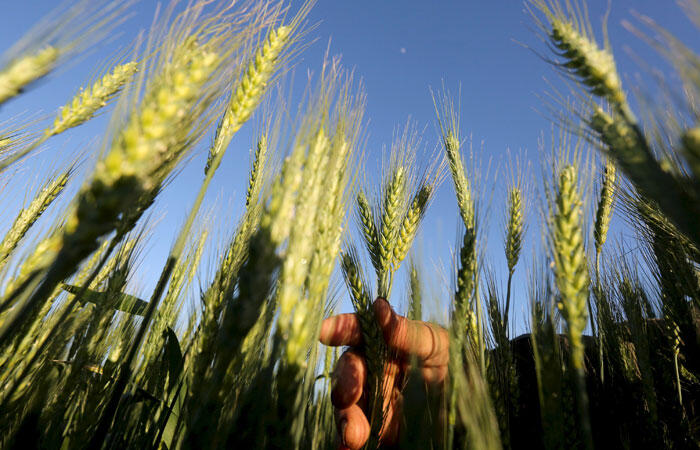Wheat is sometimes affected by bacterial and fungal diseases, but what was called “devastating wheat fungus” has appeared in Asia for the first time. On the 26th of April, a team led by microbial population geneticist Daniel Croll, who is at the Swiss Federal Institute of Technology in Zurich, reported on github.com that the Bangladeshi wheat-blast strain is closely related to those collected in Brazilian wheat fields and on nearby weeds.
“It’s important to know what the strain is,” says Sophien Kamoun, a biologist at the Sainsbury Laboratory in Norwich, UK, who has created a website, Open Wheat Blast (go.nature.com/bkczwf), to encourage researchers to share data.
Efforts are also under way to find wheat genes that confer resistance to the disease, as nature website reported.
Loss of Crops
The wheat-blast outbreak, however, has already caused the loss of more than 15,000 hectares of crops in Bangladesh. “It’s really an explosive, devastating disease,” says plant pathologist Barbara Valent of Kansas State University in Manhattan, Kansas. “It’s really critical that it be controlled in Bangladesh.”
Magnaporthe oryzae
Magnaporthe oryzae fungus is causing the Wheat blast. Since 1985, when scientists discovered it in Brazil’s Paraná state, the disease has raced across South America.
Magnaporthe grisea, also known as rice blast fungus, rice rotten neck, rice seedling blight, blast of rice, oval leaf spot of graminea, pitting disease, ryegrass blast, and Johnson spot, is a plant-pathogenic fungus that causes a serious disease affecting rice.
Importance
Rice blast is the most important disease concerning the rice crop in the world. Since rice is an important food source for much of the world, its effects have a broad range. It has been found in over 85 countries across the world and reached the United States in 1996. Every year, the amount of crops lost to rice blast could feed 60 million people. Although there are some resistant strains of rice, the disease persists wherever rice is grown. The disease has never been eradicated from a region.
Burning Wheat Fields
Bangladeshi officials are burning government-owned wheat fields to contain the fungus, and telling farmers not to sow seeds from infected plots. The BARI hopes to identify wheat varieties that are more tolerant of the fungus and agricultural practices that can keep it at bay, such as crop rotation and seed treatment.
It is unknown how wheat blast got to Bangladesh. One possibility is that a wheat-infecting strain was brought in from South America, says Nick Talbot, a plant pathologist at the University of Exeter, UK. Another is that an M. oryzae strain that infects south Asian grasses somehow jumped to wheat, perhaps triggered by an environmental shift: that is what happened in Kentucky, when a rye-grass strain infected wheat.
To tackle the question, this month Kamoun’s lab sequenced a fungus sample from Bangladesh. The strain seems to be related to those that infect wheat in South America, says Kamoun, but data from other wheat-infecting strains and strains that plague other grasses are needed to pinpoint the outbreak’s origins conclusively.











